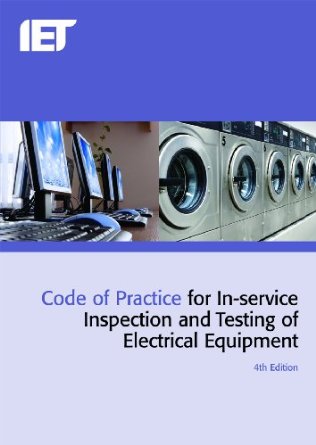 |
 |
|||||||||
How Frequently should items be tested? Why Electrical Safety Testing? Data Protection
|
Why is there a need for Electrical Safety Testing?The Health & Safety Executive states that 25% of all reportable electrical accidents involve portable appliances. The Health & Safety at Work Act (1974) places obligations to systematically maintain, inspect and test electrical equipment in the following circumstances:
The Electricity at Work Regulations 1989 and the Provision and Use of Work Equipment Regulations 1998 also stipulate that electrical equipment should be maintained in a safe working condition or it should be taken out of use. Your insurance company will expect you to comply with these regulations for your policy to remain valid. If still not convinced have a look at these pictures of some examples of unsafe items found during PAT testing. Any one of these could have resulted in a fire or someone receiving an electric shock. Also have a look at this link as it nicely summarises why testing is essential. Electrical Safety Testing is commonly known as Portable Appliance Tester (PAT) Testing. The correct term is 'In Service Testing of Electrical Equipment'.
|
|
|
BS48 Web Publishing |


